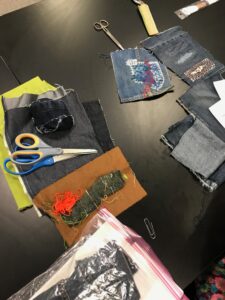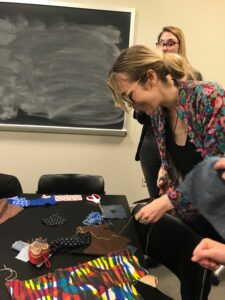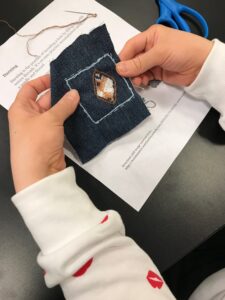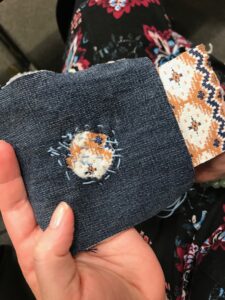It was a hot July evening, during the craziness of my wedding preparations 6 years ago, when my grandmother called me to her room to discuss something important. She had her old wooden trunk open and a bunch of jewelry boxes sitting on her bed. This was one of those activities that she does only did when she was feeling down, so as soon as I walked in I was concerned. The bed was loaded with open boxes of fine jewelry, she was sorting and deciding which pieces needed a good cleaning before the wedding. Most of it was decades old, and I was drawn to this one particular piece that I had never before seen the likes of.
Being a fashion design student, I had been familiar with vintage clothing and shoes of different cultures. But Pakistani vintage jewelry? It was something that I had always overlooked. Of course, I knew it was there but during those years, I would much rather purchase an impressive vintage dress that would make a huge visual impact. Jewelry always seemed subtle in comparison.
 This particular piece of my grandmother’s collection that I was drawn to, was a unique piece indeed. The piece belonged to my grandmother’s grandmother. Which was passed down to her. It might be older than that we don’t know that for sure. This would mean that this earring set was at least 150-year-old. It was pure 24 carat gold with 9 precious stones (it is called a nauratan- 9 jewels) encrusted in the leafy pattern. The stones included pearls, rubies, sapphires, turquoise, emeralds, zircon, hessonite, diamond and red coral.
This particular piece of my grandmother’s collection that I was drawn to, was a unique piece indeed. The piece belonged to my grandmother’s grandmother. Which was passed down to her. It might be older than that we don’t know that for sure. This would mean that this earring set was at least 150-year-old. It was pure 24 carat gold with 9 precious stones (it is called a nauratan- 9 jewels) encrusted in the leafy pattern. The stones included pearls, rubies, sapphires, turquoise, emeralds, zircon, hessonite, diamond and red coral.
The earring was with some intricate detailing and tiny pearl tassels. The flowers were mounted on gold coloured leafy design. The design was very vintage looking gold. The earring was about 3.5 to 4 inches, with a clasp back.
As I held that earring in my hand for the very first time, I was in awe. It was then my grandmother told me how this particular earring set had been passed down generation to generation. My grandmother had acquired this from her mother on her wedding and had later passed it on to my mother for hers. My mother had polished it and given it back to my grandmother for safe keeping. She told me that she wanted to pass this piece of our family heritage down to me, so I could continue the tradition. I was so excited. It became my treasured piece and was so different from anything else I’ve had ever worn. I wore it so often during the first few months of my marriage. When I was moving to the States, I had handed the earring back to my mother for safe keeping.
That earring is a proof of quality and craftsmanship from the late 1800’s (if I’m not wrong). And I’m blessed to be the one it was passed on to by my grandmother. I might pass it on to my baby sister on her wedding someday, as I want her to cherish our heritage too!







